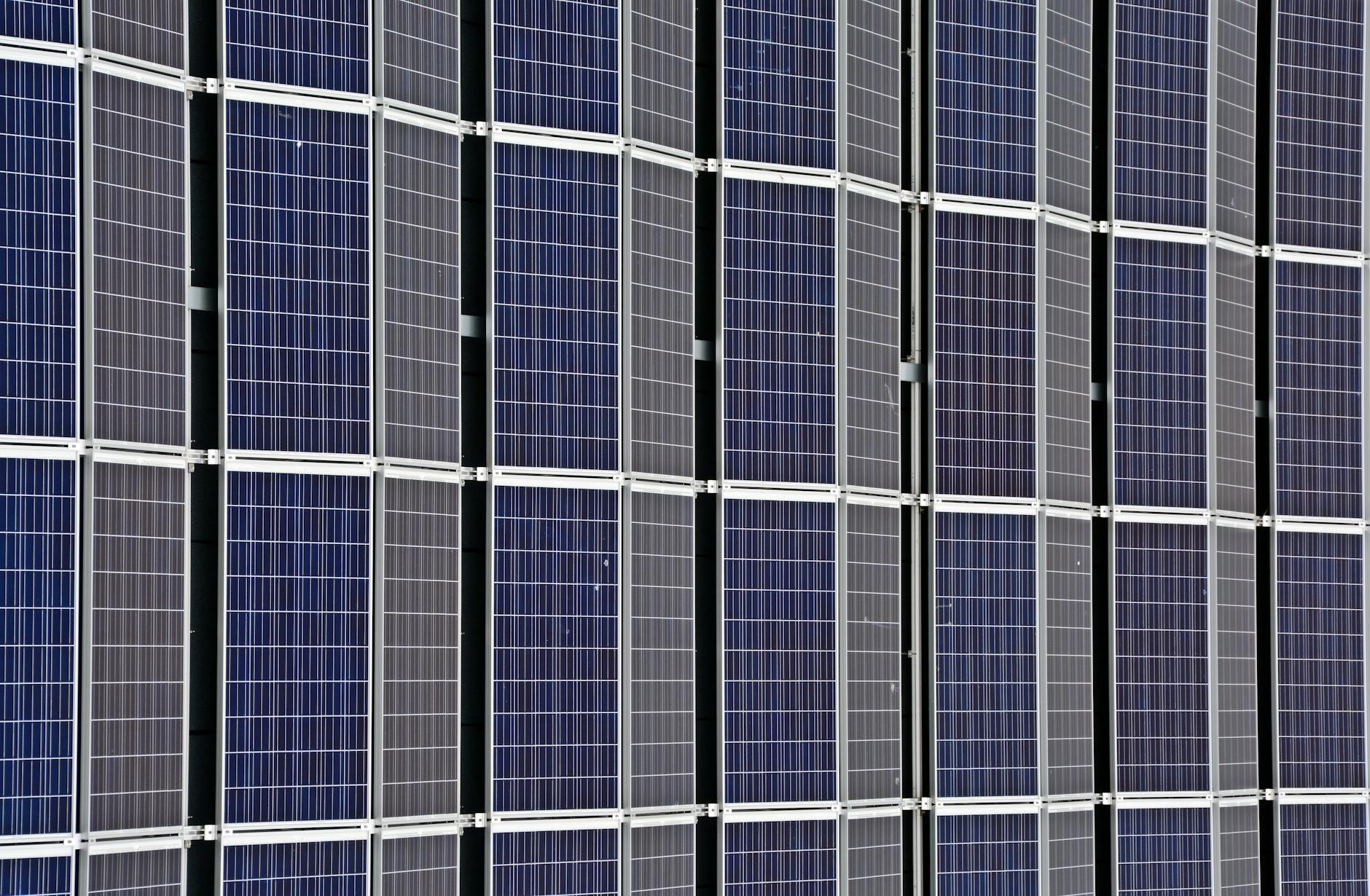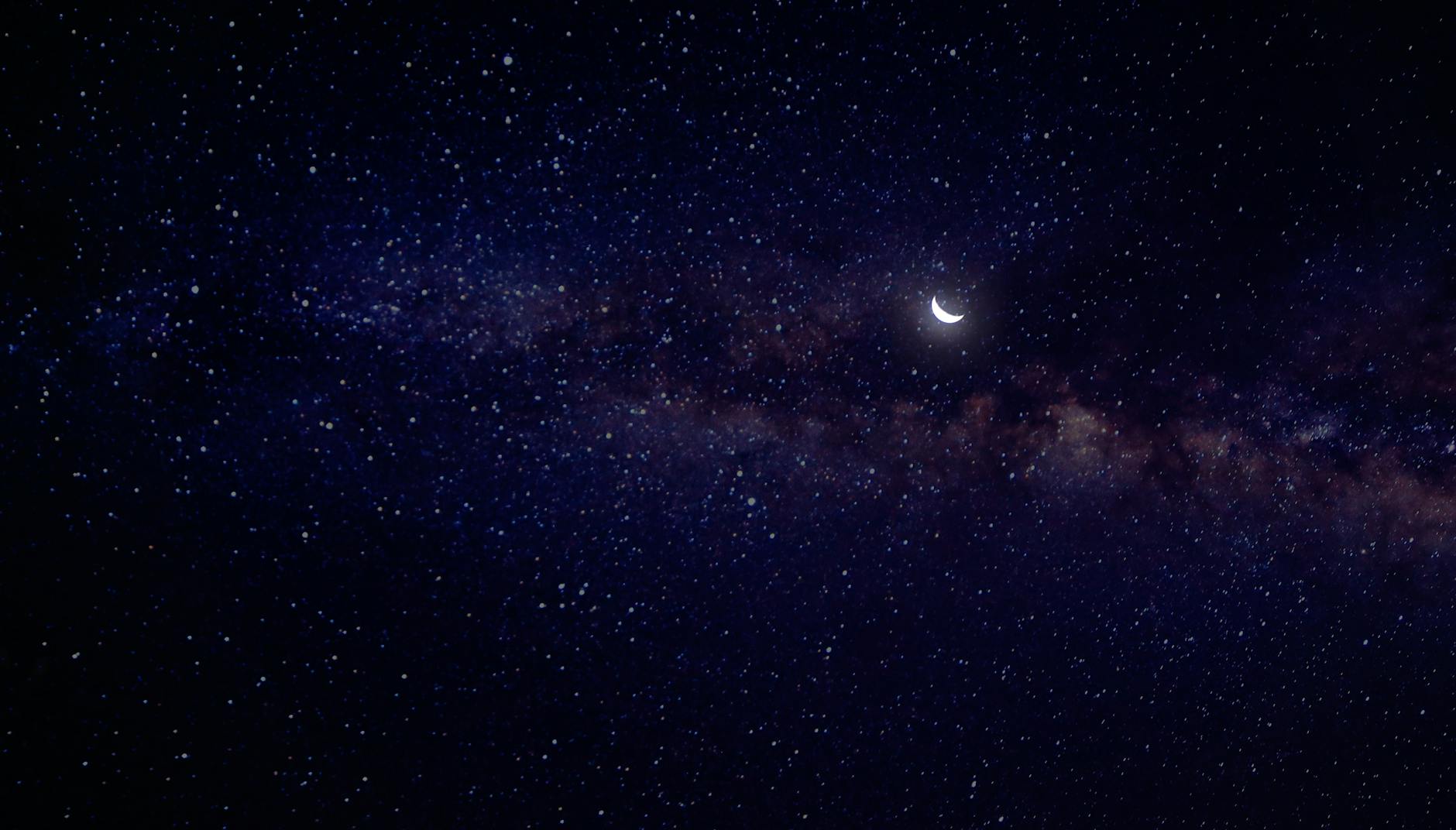How to Choose the Best Sunscreen for Kids in Australia

Key Ingredients to Look For
Mineral vs. Chemical
When it comes to formulating kids sunscreen, understanding the difference between mineral and chemical sunscreens is crucial. Mineral sunscreens, often referred to as physical sunscreens, use ingredients like zinc oxide and titanium dioxide. These minerals act as a physical barrier, reflecting sun rays off the skin. They are less likely to cause allergic reactions, making them ideal for children's delicate skin. On the other hand, chemical sunscreens work by absorbing the sun's rays. While effective, they can contain ingredients like oxybenzone and octinoxate, which some parents prefer to avoid due to potential irritation and environmental concerns.
Broad-Spectrum Protection
Opting for a broad-spectrum sunscreen is essential to ensure all-round protection from both UVA and UVB rays. UVA rays can prematurely age the skin, while UVB rays are primarily responsible for sunburn. Together, they increase the risk of skin cancer. Finding a kids sunscreen that offers broad-spectrum protection is non-negotiable for me.
Reef-Safe Formulas
Living near the picturesque Bondi Beach, it's important for me to choose products that are kind to our marine environment. Reef-safe formulas omit harmful chemicals that can bleach coral reefs, aligning with our ocean conservation efforts around Bondi. Brands offering reef-safe options often use non-nano particles of zinc oxide or titanium dioxide, which are safer for marine ecosystems. Therefore, choosing a reef-safe kids sunscreen can provide peace of mind.
When shopping at eco-friendly markets at Bondi Beach or natural product boutiques in Newtown, I always look for sunscreens that meet these criteria. This helps ensure my kids are protected, and I am supporting sustainable, environmentally conscious practices.
SPF and UV Considerations
Choosing the Right SPF
When selecting sunscreen for your little ones, choosing the right SPF is of utmost importance. We often head to eco-friendly markets around Bondi Beach to find products tailored to our specific needs. For instance, SPF 30 or higher offers robust protection against the intense Australian sun. High SPF values provide a safeguard against sunburn and long-term skin damage, which are paramount for your child's delicate skin.
UVA and UVB Protection
It's not just about a high SPF; it's crucial to ensure that the sunscreen offers broad-spectrum protection, shielding against both UVA and UVB rays. UVA rays penetrate deeper into the skin, potentially causing premature ageing and skin cancer, whereas UVB rays primarily cause sunburn. Products available at the sustainable beauty stores in Surry Hills are often labelled as 'broad-spectrum', meaning they cover both types of harmful rays effectively.
Sunscreen Reapplication Timing
Reapplying sunscreen throughout the day is equally critical. Many natural product boutiques in Newtown offer sunscreens that mention reapplication guidelines, typically suggesting every two hours. However, if your child is swimming or sweating excessively, you’ll need to reapply more frequently to ensure optimal protection. A handy tip I've found useful is setting a timer on your phone to remind you to reapply—especially during those long play days at the beach.
By understanding these SPF and UV considerations, you can make more informed choices regarding baby sunscreen for your family, ensuring they are well-protected while enjoying the sunny Australian outdoors.
Safety and Testing Standards
Approved Ingredients
When selecting a sunscreen for your little ones, it’s essential to examine the approved ingredients. Thankfully, local resources like sustainable beauty stores in Surry Hills provide a range of sunscreens that balance efficacy with safety. Look for products that contain zinc oxide or titanium dioxide, both of which are mineral-based and widely considered safe and effective. These ingredients serve as physical blockers, protecting skin from harmful rays without irritating sensitive skin.
Testing for Sensitivities
Testing sunscreens for sensitivities is a step every parent should take. Especially if your child has a history of skin reactions, performing a patch test is invaluable. To do this, apply a small amount of the sunscreen to your child's inner forearm and wait for 24 hours to see if any redness or irritation occurs. Opting for a zinc sunscreen from Newtown's natural product boutiques can also help soothe any minor irritations. These stores offer products rich in botanical ingredients like aloe vera and chamomile, providing gentle care for your child's skin.
Certifications to Trust
Trustworthy certifications can guide you in making informed decisions. Look for sunscreens that are TGA (Therapeutic Goods Administration) approved, ensuring they meet Australian safety standards. Other reliable certifications include "Cruelty-Free" and "Reef-Safe," the latter ensuring the product is environmentally friendly and free from harmful chemicals. Supporting eco-friendly markets at Bondi Beach not only guarantees high-quality products but also aligns with environmental values and ensures safer options for your child.
By focusing on approved ingredients, diligently testing for sensitivities, and relying on trusted certifications, you can make well-informed choices that ensure both safety and efficacy. Your child can enjoy the sun safely while you contribute positively to our environment.
Eco-Friendly and Sustainable Options
Biodegradable Options
As a makeup artist based out of Bondi Beach, I frequently get to see the amazing natural beauty our area offers, and I understand the need for eco-friendly options. When considering natural sunscreen for kids, it’s important to opt for biodegradable formulas. These eco-friendly products break down more easily in the environment, reducing the impact on our precious marine ecosystems. Local options available at the eco-friendly markets in Bondi Beach often emphasise this benefit, ensuring you can protect your children and the planet simultaneously.
Packaging and Waste Reduction
One of the key factors in choosing sustainable sunscreen involves considering the packaging. Many products now use recyclable or biodegradable packaging to minimise waste. This is especially crucial in areas like Surry Hills, where sustainable beauty stores prioritise reducing environmental footprints. Look for sunscreens sold in aluminium or cardboard containers, which are easier to recycle compared to traditional plastic.
Cruelty-Free Choices
Another priority is ensuring that the sunscreen you choose is cruelty-free. This means no animal testing has been involved in the product’s development. Many natural product boutiques in Newtown showcase certified cruelty-free options. These products often carry certifications like the Leaping Bunny logo or PETA’s cruelty-free certification, which guarantee that they have met stringent ethical standards.
By integrating these aspects—biodegradable formulas, sustainable packaging, and cruelty-free certifications—into your decision-making process, you'll be making a responsible choice that protects both your child’s skin and the environment, allowing all of us to enjoy the beauty of nature a little more sustainably.
FAQs
Common Allergens in Sunscreen
Navigating the world of kids sunscreen can be tricky, especially with common allergens lurking in many formulas. For your little ones, it’s vital to avoid ingredients like fragrance, parabens, and formaldehyde releasers, which can irritate sensitive skin. Opt for products found in natural product boutiques in Newtown, where the focus is on clean, gentle ingredients. Mineral-based sunscreens with zinc oxide and titanium dioxide are less likely to cause reactions and are great choices available at the sustainable beauty stores in Surry Hills.
How Much Sunscreen to Apply
Getting the right amount of sunscreen on kids can be quite the challenge, but it’s crucial for effective protection. The general rule of thumb is to use about a teaspoon for each body part — one for the face and neck, one for each arm, and so on. Spread it evenly, and don’t forget those easy-to-miss spots like the ears, the back of the neck, and the tops of the feet. Reapply every two hours, especially after swimming or sweating — a must around our sunny Bondi shores.
Effective Sunscreen Storage
Proper storage of sunscreen ensures its efficacy. Keep it in a cool, dry place and avoid leaving it in direct sunlight or hot cars, as these can degrade its active ingredients. Many products available at the eco-friendly markets at Bondi Beach come in eco-conscious packaging that also helps protect the sunscreen from environmental factors. Check the expiration date regularly — expired sunscreen won’t offer the protection your kids need.
By incorporating these tips and understanding the nuances of kids sunscreen, you’re better equipped to protect your child’s delicate skin. With resources from the eco-friendly markets at Bondi Beach, sustainable beauty stores in Surry Hills, and natural product boutiques in Newtown, you have access to superior products that keep your kids safe and the environment happy. Cheers to sun-safe adventures!


